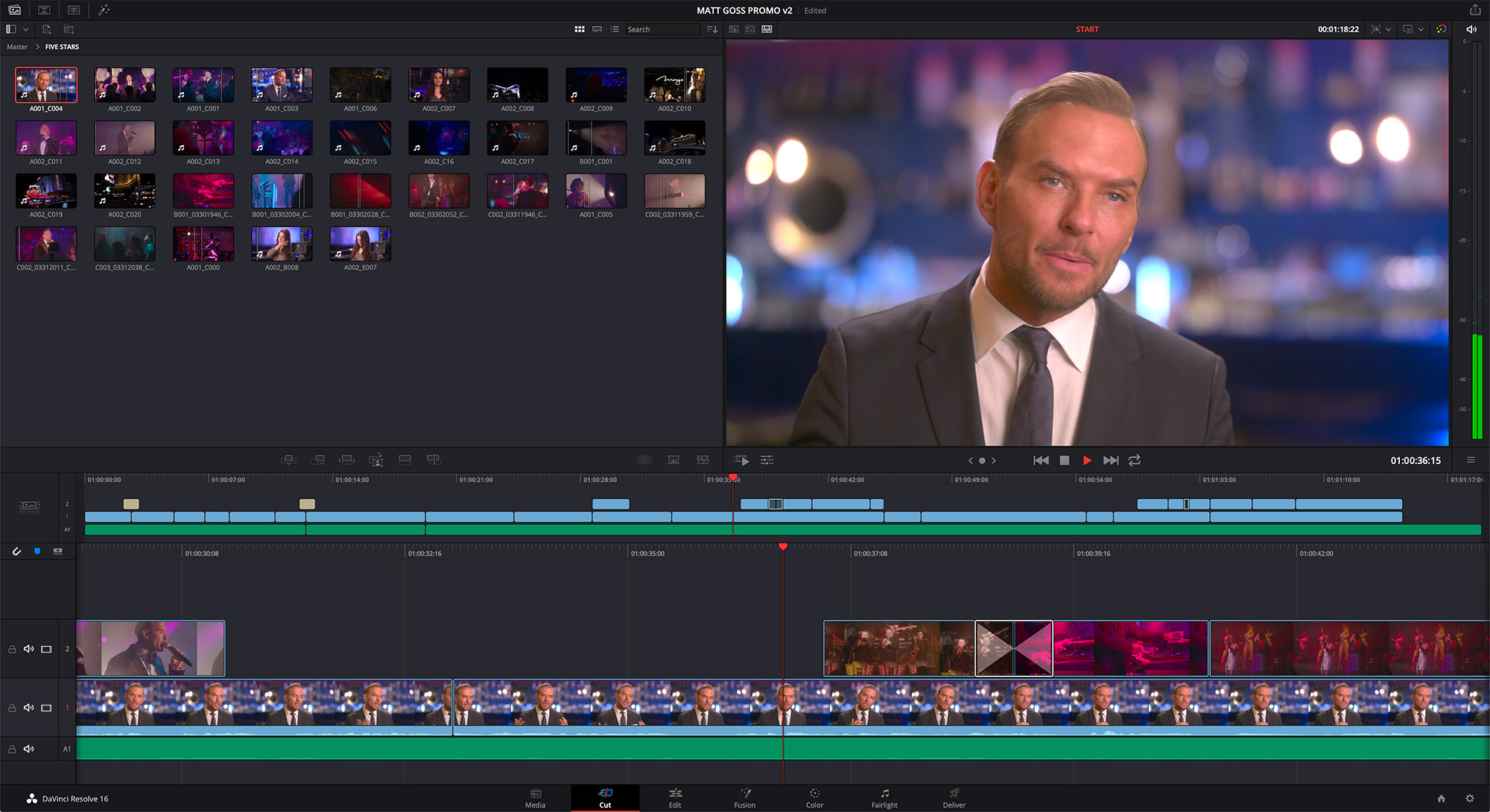

Consider these options for the " Assist Using Reel Names from the." box: Lastly, select General Options from the sidebar. Click the User tab > Project Save and Load, and Enable project backups. Next, select File > Project Settings from the toolbar, then change the timeline resolution and frame rate to your project's final deliverable format. Immediately open Resolve Preferences using the top toolbar. Open Resolve, name your project, and arrive on the main interface. After a sequence clean up, AAF files are exported from Avid, which import into Resolve for easy relinking. Master clips are generated in Avid by dragging the database files it creates (.mdb files) into a new bin.įast forward to the end of offline editing. So after the project is set up, timelines with OCM clips are set to export to your Avid project's format (LUTs and timecode burn-ins may be applied before exporting too.) Resolve generates MXF files just like Avid's native transcoder, and once the proxies are ready, you move and scan them into the Avid MediaFiles directory. Resolve export options include the unique ability to output timelines as a series of individual files. It is essential that this be corrected before exporting so each clip has a unique timecode/reel name pair (more on that later.)
Three main pieces of metadata make the roundtrip between Resolve and Avid: timecode, clip name, and reel name (“tape” in Avid nomenclature.) When OCM is added to Resolve's media pool, timecode and clip name are automatically read, but reel name may not be set correctly.

Transcoding proxies to the wrong format can be a very costly mistake! If you're footage isn't organized, start there! If you don't know your project's final specs, consult with your project coordinator or post supervisor before proceeding. This guide assumes OCM is backed up and verified folder locations and names are standardized and format, dimensions, and frames per second of the FPS of the deliverables are known. The Resolve to Avid workflow starts with setting up a Resolve project to spec. The workflow detailed below is more or less the same no matter which version you use. Be sure your production is ready to absorb any costs associated with using Studio before you request an installation from Frame One Support. Studio also includes GPU encoding, among other neat features like super-scaling, which may respectively increase export speed or quality. If your OCM has dimensions over UHD (3840 x 2160) or 60 FPS, you will need a paid Resolve Studio license to everything to work. When the time comes to conform your story back to "Original Camera Masters" (OCM) Resolve is a great asset to relinking media it managed in the first place. If your project plans to cut in Avid Media Composer but color and finish in DaVinci Resolve, start in Resolve! This workflow takes advantage of Resolve's media engine to transcode proxies for Avid quickly and reliably in the background.


 0 kommentar(er)
0 kommentar(er)
